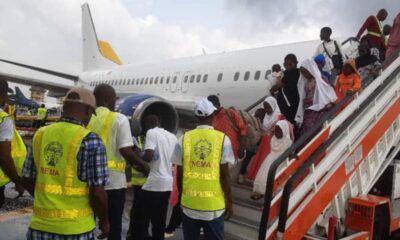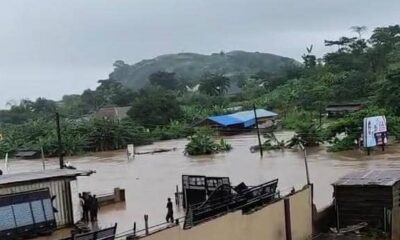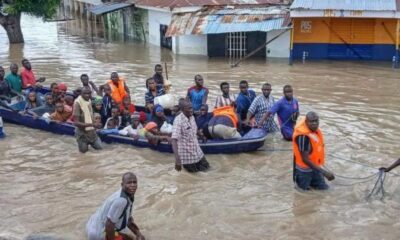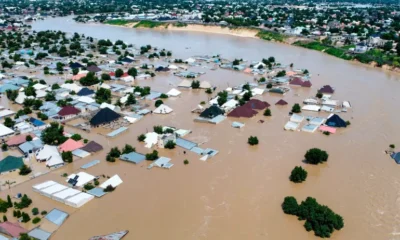19 states and 56 communities across Nigeria have been marked by the National Emergency Management Agency (NEMA) to possibly experience heavy rainfall in August which could lead to flooding, News About Nigeria reports.
NEMA’s Lagos territorial coordinator, Ibrahim Farinloye, in a statement on Monday, listed the flood risks communities to include Apapa, Badagry, Eti Osa, Ikeja, Ikorodu, Ikoyi, Lagos Island, Ojo and Surulere in Lagos state, Oguta and Orlu in Imo state, Katsina-Ala and Vande-Ikya in Benue state.
Farinloye also listed Aboh in Delta State, Ado-Ekiti, Akure, Idanre, Ifon, Iju Itaogbolu, Ogbese, Owo and Owena in Ondo State. Atani in Anambra state, Ifo, Ota and Sagamu in Ogun state, Lafia and Wamba in Nasarawa state, Ikom and Ogoja in Cross River state.
Jamaare, Misau, Azare, Itas, Kafin Madaki, Kari, Kirfi, Tafawa Balewa, Katagum in Bauchi state, Hadejia and Mige in Jigawa state, Ilesa and Osogbo in Osun state, Kosubosu in Kwara state were among the mentions.
Anka, Bungudu and Gusau in Zamfara state, Goronyo in Sokoto state, Numan and Shelleng in Adamawa state, Serti in Taraba state, Ito, and Ugba communities in Abia state were also on the list.
The Nigerian Meteorological Agency (NiMet) has also “urged risk and disaster managers, agencies, and individuals to be proactive in averting the loss of lives and properties during the rainy season.” NiMet recently forecasted three days of cloudiness, rainfall and thunderstorms across the country from the 12th to the 14th of August.
According to a United Nations Office for the Coordination of Humanitarian Affairs (OCHA) report, in 2022, more than 600 people died of flooding, while over 2,400 people were injured and 1.4 million people were displaced. Also, 300,000 homes were completely destroyed or damaged, 569,251 hectares of farmland were damaged and 34 of 36 states in Nigeria were affected.













